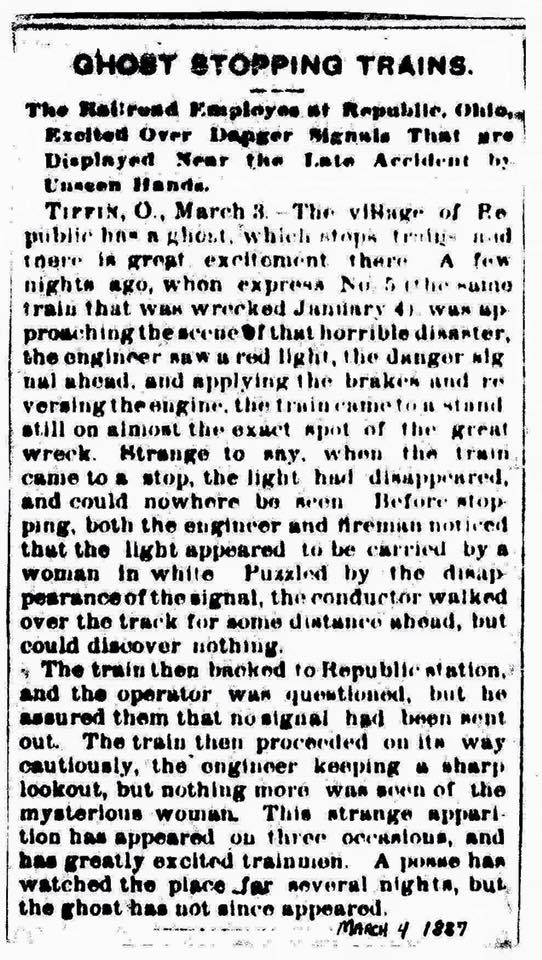Old Seneca County History
As reported by The Seneca County Muesum
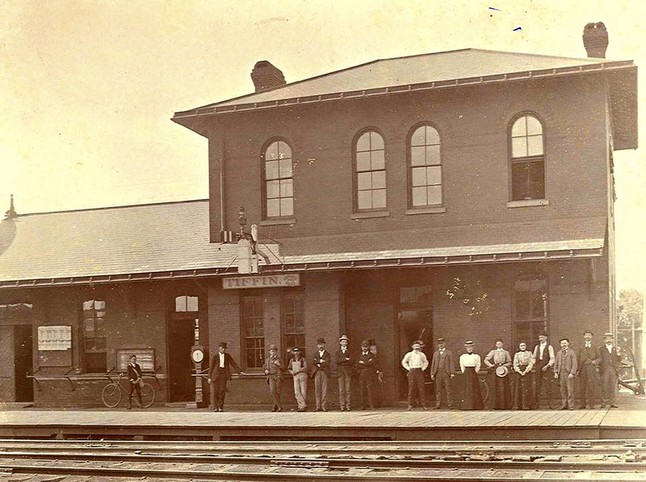
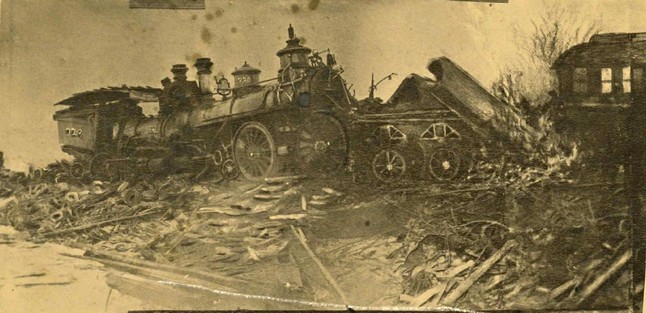
Sometimes there are incredible, almost miraculous stories that come from disasters. Such was the case with a man identified as a Pennsylvania German who was bound for the West. He was leisurely sitting in a chair, smoking a pipe in the smoker car when the trains collided. His seat was wrenched loose from its mounts and both the man and the chair were ejected through a hole in the roof and into a snow drift. The man wasn’t harmed and he walked the 3-plus miles to Rockaway to catch a ride to Tiffin.
Disasters also have a way of bringing out the best of humanity, and that was the case immediately after the collision. Residents in the Republic area came running to help in any way that they could. Dr. Orwig of Republic was the first physician to arrive on the scene and he was there in 15 minutes, giving relief to the wounded. John Swartz opened his home to the suffering and many were cared for there. Robert McAdoo who was a miller at the Washington Street Mills of Tiffin was on board and he survived the collision because he heard the warning whistle and braced himself. There was considerable panic inside of the sudden darkness of the sleeper car, but McAdoo kept everyone calm and helped escort them out and away from the encroaching fires, including Mrs. Postlethwait and her children. McAdoo continued to help where ever he could and when there was nothing more left to do, he then walked the 6 miles back home to Tiffin in the frigid weather.
During the search for bodies in the debris, they heard someone yelling for help and to everyone's surprise, it was William Frederick, the Express train's fireman. Frederick wasn't able to jump clear of the Express engine before the collision, and disappeared within the wreckage. But there he was, still alive and buried under train’s cab and covered with coal. He had great chunks of flesh as big as fists, burned out of his shoulders and his back and his head and face were covered with blood. Yet, he was lying there smiling at the sight of men, furiously working to dig him out. He suddenly noticed that the coal around him was beginning to catch fire and he begged them that they cut off his legs to set him free so he wouldn’t burn to death. While men worked to extinguish the coal, William was given some whiskey to help with the pain. They were finally able to free him ten minutes later, but his injuries were so great that he lived only a few minutes more. As the men laid his body in the snow, they turned and saw the Express engineer, Lem Eastman, crawling through the snow on his hands and knees, dragging his shattered, broken leg, but still trying to reach his friend and engineer, William Frederick. Unfortunately, he arrived moments too late. There wasn't a man who was there and witnessed this event, who didn't have tears in his eyes.
One can only imagine the confusion and fear that carried on for days and weeks after this disaster. There were no manifests kept of the names of the passengers riding these trains. It was estimated that there were 60 people on board during the time of the accident, not counting the crew members. Rumors spread like wildfire about important people killed in the accident and one rumor even included Ohio US House Representative and Tiffin’s George Seney, but the vast majority were untrue. Injured and delirious passengers were seen walking away from the wreck in total shock and then not seen again. Bodies and their identification were burned totally beyond recognition. Concerned family members from around the country made pilgrimages to Republic, looking for loved ones that never came home. And then they were forced to try to identify their family members from the charred remains of humans beings that were reduced to indistinguishable forms.
It always seems like horrific disasters happen somewhere else, to someone else - yet this event happened right here in Seneca County. Today's photo compares a view of funeral services that were held for the train victims in downtown Republic in 1887, with the same building today, 129 years later. In tomorrow's post we will conclude the story of the great train wreck in Republic, Ohio in 1887.
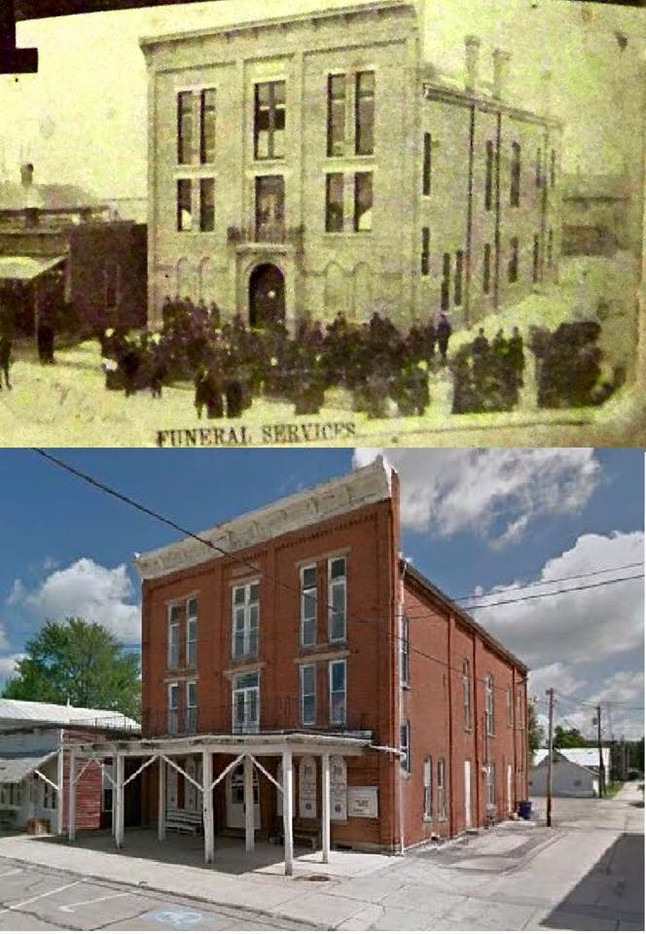
It was a Tuesday morning around 2 a.m. on January 4th, 1887 that the two trains collided head-on just 1/2 mile west of Republic. As morning broke over the scene of death and destruction, there was already an organized effort by railroad crews to clear the tracks as quick as possible. Without the use of modern equipment, they were able to remove the two destroyed train engines and re-open the tracks for business by Tuesday evening. Several out-of town reporters rushed to the area to cover the story and arrived there at 11 p.m. Tuesday evening, but there wasn't anything to see. Where the wreck once stood was a danger signal that had been nailed to the roof of a sidetracked boxcar warning approaching trains to “slow up”. Many in the community felt that the reason the Republic accident scene was cleaned up so fast was due to the public's uneasiness regarding train wrecks. Less than a week earlier, on December 29, 1876, a railroad river bridge collapsed in Ashtabula, Ohio killing 92 of the 159 passengers on board. The coroner there determined that the railroad was at fault due to a poor design and maintenance of the bridge.
But it wasn't just the reporters that were disappointed. Less than 24 hours after the accident, the area public flocked to the site of the accident, but by then, there was nothing to see. All traces of the accident had been removed except for a few charred beams and some burned and twisted rods. There was such a fascination of the place that many found themselves just standing around in the cold and staring down the tracks. Others spent hours searching the area for relics in the snow, and nearly everyone found a “souvenir” of the holocaust. There were items such as watches, watch cases, jewelry, burned human bones, buttons, melted glass, nails, screws and clumps of metal coins fused together by the heat of the fire. Some of these items had names or initials etched in them and it was recommended that they be given to Coroner Ed Lepper, so he could make sure that they were returned to anxious family members searching for any sign of their loved ones.
The bodies of Mr. Postlethwait and his 2 oldest sons were shipped back home to Belton, West Virginia. His wife, Mrs. Postlethwait and her 3 remaining children were staying at the hotel in Republic and all expenses were taken care of by the railroad. She was very thankful for the outpouring of concern and help by everyone from the Republic area. The B&O railroad officials wanted to send her to her original destination of Chillicothe, Missouri, but with her husband dead, she decided to return to West Virginia with her brother. The B&O officials also offered to put her up in Chicago Junction, Ohio (now Willard, Ohio), but her brother advised her to stay in Republic until she received good counsel to negotiate the best offer for a settlement by the railroad company.
As with all disasters of this magnitude, there were questions immediately raised as to the cause of the wreck. Seneca County Coroner, Ed Lepper, subpoenaed the conductors, engineers and firemen of both trains to appear in his office in the court house to give testimony at the inquest. The engineer of the freight train, Ed Kiler, was an obvious target because he was at the controls of the freight train and knew the importance of reaching the siding in time to clear the tracks for the Express to get by. There were suspicions that Kiler was drunk and this caused the wreck. Lynn Fletcher, the conductor of the freight train, testified that he didn’t feel that Kiler was drunk. He admitted that he saw Kiler take 2 drinks in Bloomdale and 2 more at Fostoria, but didn’t think he took any in Tiffin. He said that it had been 4 hours since his last drink in Fostoria and that he appeared perfectly sober when they stopped at the Seneca siding outside of Tiffin. However, Fletcher said the Kiler was occasionally careless, as he overran the stop at Bloomdale earlier in the evening and had to back up the train to correct it. Ed Kiler himself, refused to appear at the inquest and testify. In the end, the results of the inquest were inconclusive and Kiler was blamed for the accident, but only because of his lack of experience on the job.
There have been different estimates as to the number of deaths from the train collision on January 4th, 1887 and most guesses are around 14. The fire did so much destruction and the passenger list was non-existent, so we may never know for sure. After two weeks of investigation and attempted identification, the 4 remaining unclaimed bodies were laid to rest on January 19th, 1887. They were buried in a mass grave lot at the cemetery and the B&O Railroad paid for this lot and all expenses for the funeral. They also provided special trains to carry passengers to and from the funeral ceremony. In 2003, a memorial gravestone was erected in Republic's "Farewell Retreat Cemetery" to acknowledge this event and those poor souls who died in this tragedy. Today's photo shows this memorial stone. As we travel through this area and visit these tranquil sites today, it's hard to believe the anguish and horror that occurred there so many years ago.
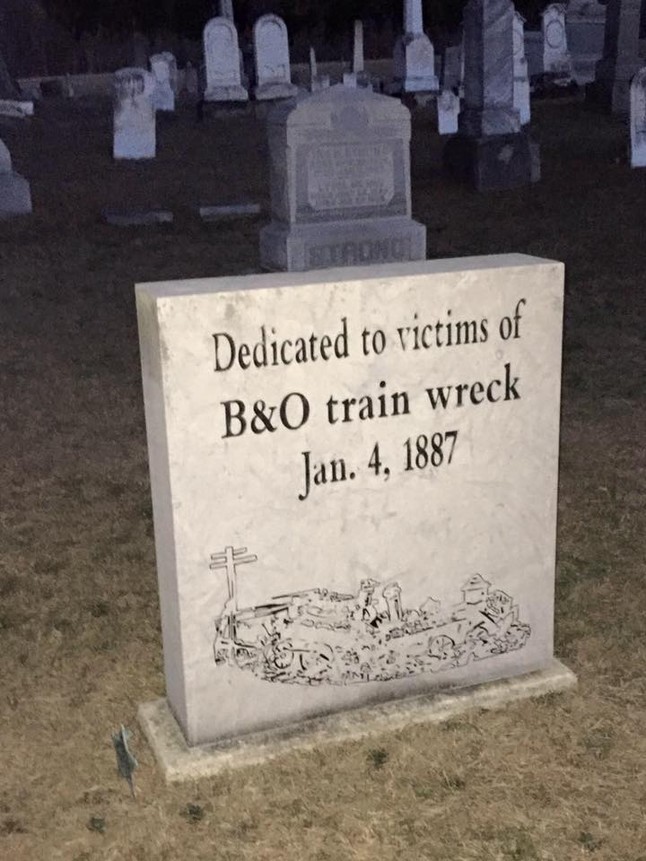
On January 4th, we acknowledged the anniversary of the 1887 B&O train wreck in Republic. We learned that it took very little time to removed the wreckage, clear the tracks and make the area appear like the accident never happened. Two weeks later, on January 19th, the 4 remaining unclaimed bodies of the Republic train wreck were laid to rest in the cemetery and the town of Republic attempted to return to some normalcy once again. This should be then end of the story, right? However, as shown on today’s photo, there was some new activity happening at the site of the accident. On March 4th, 1887, this news article appeared in several newspapers across the country. It tells the story of a train approaching the Republic wreck area when the engineer saw a red lantern signaling danger ahead. They reversed the engines, applied the brakes and the train came to a stop at the exact area where the wreck occurred 2 months earlier. Before stopping, the crew swore they saw a woman in white with the lantern, but upon walking ahead to check the tracks, they found nothing out of order. The train backed up to the Republic depot to see if there was any warning that they should know about, and the depot personnel didn’t know of any. The article states that a posse kept watch for several nights afterward looking for the ghost to appear, but it never did. After hearing the story of this horrific train wreck, we're thinking that if there was ever a place that had a good chance of being haunted, it would be that area. In fact, we understand that there are stories or "urban legends" of paranormal happenings near the wreck site and near the cemetery area that still happen today.
